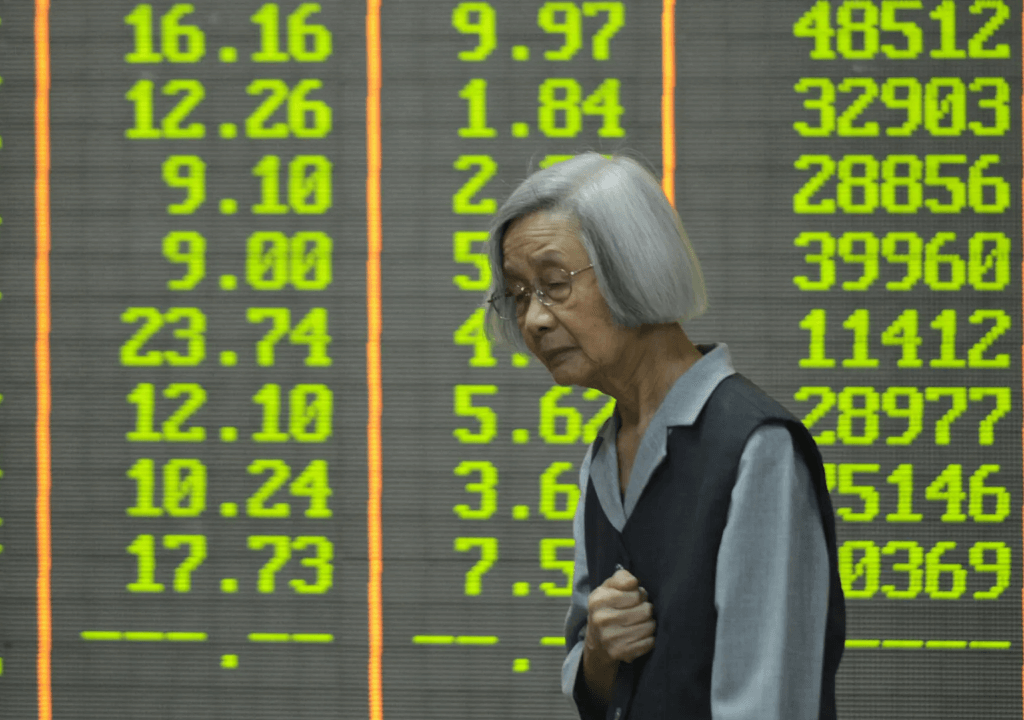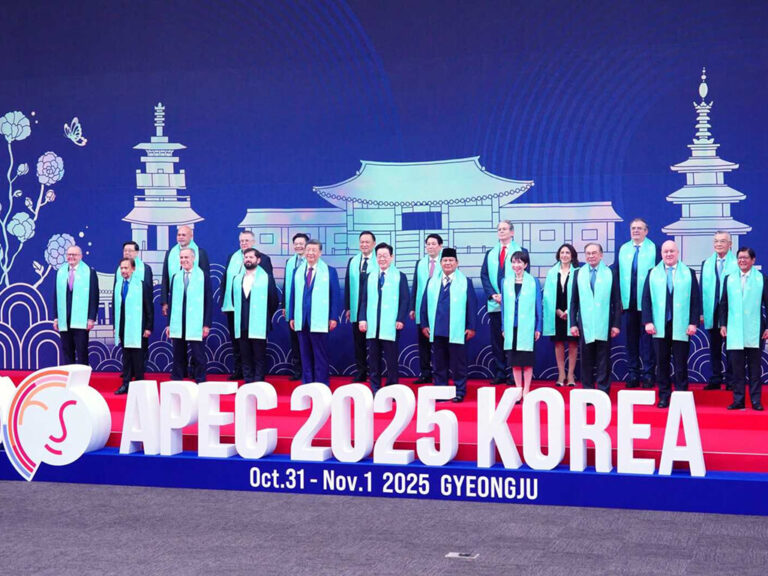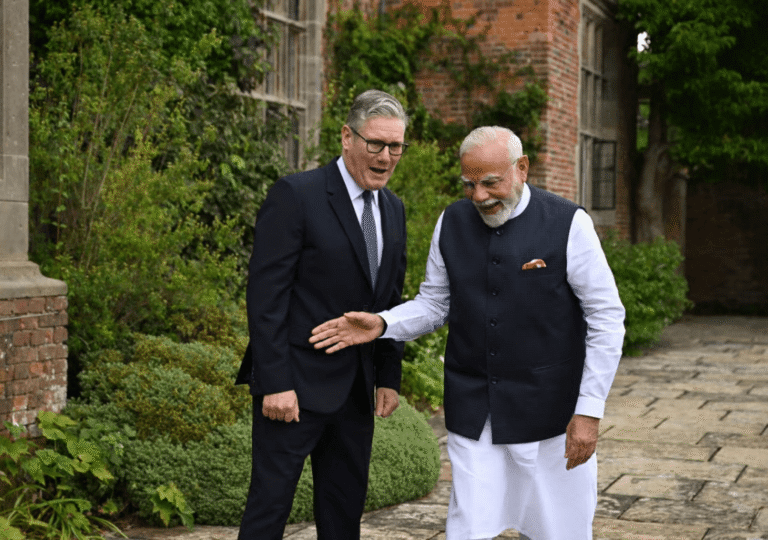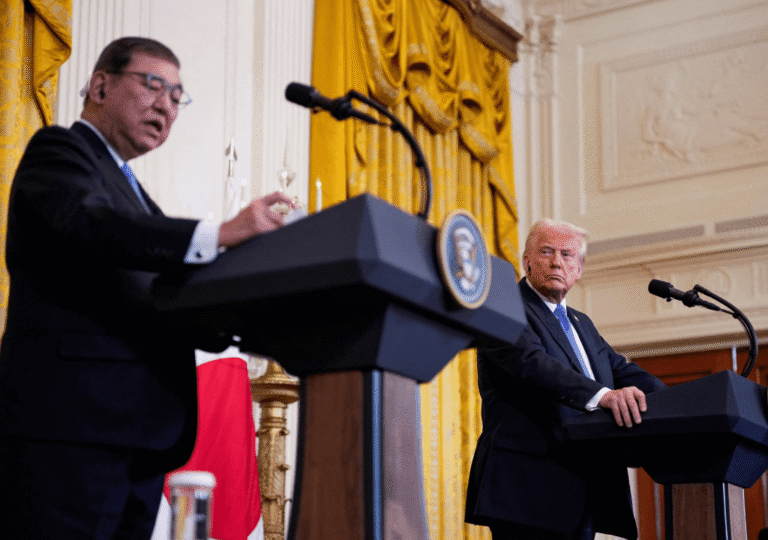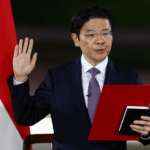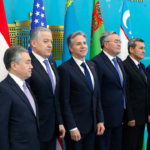The trade war between the United States and China has cast aside any remaining illusion of measured diplomacy. What began as a calculated exchange of economic pressure has devolved into a bare-knuckled standoff—a battle of wills between two superpowers, neither prepared to retreat, both pushing toward a brink that threatens to destabilize the very architecture of global trade.
Just hours after President Trump unveiled a sweeping 145 percent tariff increase on Chinese imports, Beijing retaliated with its own salvo: 125 percent tariffs on American goods, coupled with warnings that further reprisals were on the horizon. Chinese state media wasted no time in framing Trump’s tactics as doomed, dismissing the escalation as both futile and provocative—a declaration that China would not yield to economic pressure, no matter how intense.
While Trump temporarily eased tariffs on several countries—capping them at 10 percent for a 90-day period—China was pointedly excluded. The message was unmistakable: this was no longer a dispute over trade imbalances or intellectual property, but a deeper ideological clash, rooted in national pride and rival visions of global dominance.
What is unfolding now transcends economic policy; it is a confrontation of political identities. As the world’s manufacturing powerhouse and its most voracious consumer lock into a cycle of retaliatory measures, the ripple effects have pulled the global economy into the turbulence. Supply chains fracture, markets quiver, and the already fragile post–Cold War trade order teeters on collapse.
In this high-stakes deadlock, compromise feels increasingly remote. Instead, we witness the slow constriction of a geopolitical vise—one that promises to reshape the foundations of the global economic order for generations to come.
China doesn’t compromise
President Trump continues to portray himself as a reluctant warrior in an escalating economic conflict, claiming that countries are “crying” for trade talks. Yet from Beijing’s perspective, the narrative looks far different—marked by rising defiance, not desperation. While Trump appears increasingly frustrated, China seems prepared for a drawn-out fight.
On Thursday, China’s foreign ministry issued a pointed response. Spokesperson Lin Jian emphasized that although China does not seek confrontation, it will not back down if provoked. He made clear that Beijing would not be intimidated by U.S. threats, and predicted that Washington’s strategy would ultimately backfire.
The Chinese commerce ministry adopted a more restrained tone, expressing a willingness to engage in dialogue. Still, it stressed the importance of mutual respect, peaceful coexistence, and cooperation built on shared benefit. At the same time, an editorial in the state-run China Daily removed any ambiguity—China would not yield to American pressure.
For the first time since tensions reignited, President Xi Jinping addressed the dispute publicly. During a meeting with Spanish Prime Minister Pedro Sánchez, Xi stressed that trade wars benefit no one and that rejecting international norms would only lead to isolation. Still, he expressed confidence in China’s ability to withstand the pressure, stating that no matter the external challenges, the country would remain focused, steady, and committed to strengthening its domestic resilience.
Global trade is bound to suffer
WTO Director-General Ngozi Okonjo-Iweala warned on Wednesday that the intensifying U.S.-China tariff war could reduce trade between the two countries by up to 80 percent. As their bilateral exchange represents around 3 percent of global trade, such a sharp decline could have serious consequences for the broader world economy.
Chinese companies selling on Amazon are already preparing for sharp price increases in the U.S. market—or even a full withdrawal—due to the unprecedented effects of the tariffs, according to the head of China’s trade association. The fallout could reverberate globally, as any contraction in Chinese exports to the U.S. is likely to disrupt supply chains and reshape market dynamics around the world.
Although China has reduced its dependency on the U.S. market over the years, the relationship remains economically significant. In 2024 alone, China exported nearly $440 billion worth of goods to the United States. Conversely, China is also a major destination for American exports, particularly agricultural commodities like soybeans and pork, as well as high-tech products.
Whether a full economic decoupling between the two powers occurs will depend on how long the tit-for-tat tariff exchanges persist and whether the escalation remains confined to bilateral measures. In the meantime, some goods may be rerouted through third-party countries before reaching their intended markets in either China or the U.S., further complicating trade flows.
Beijing, however, holds one key advantage: the U.S. is more reliant on Chinese imports than China is on U.S. exports. American imports from China are dominated by consumer products such as smartphones, computers, and toys. Analysts at Rosenblatt Securities predict that Trump’s tariffs—then standing at 54 percent—could raise the price of the cheapest iPhone in the U.S. from $799 to $1,142. Economist Diana Choyleva notes that Trump may struggle to shift blame to China for such cost increases.
On the flip side, China’s imports from the U.S. are primarily industrial and manufacturing inputs, including fossil fuels, soybeans, and jet engines. These are less likely to affect Chinese consumers directly, as price increases in such sectors tend to be absorbed further upstream. However, any imbalance in global supply and demand for these commodities may still ripple across international markets, affecting everyday life in other countries.
What happens next?
As neither side appears willing to act with restraint, both the U.S. and China seem to be seeking alliances elsewhere. While the U.S. may attract countries aligned with its economic interests, China is actively working to expand its trade relationships beyond the American sphere of influence—particularly with nations also affected by Trump’s tariffs.
In talks with his Malaysian counterpart, China’s Commerce Minister Wang Wentao stressed Beijing’s commitment to strengthening cooperation within the Association of Southeast Asian Nations (ASEAN). He also met with the European Union’s trade and security commissioner on Tuesday, reaffirming China’s intent to deepen trade, investment, and industrial ties. Notably, China and the EU agreed to immediately resume talks on electric vehicle cooperation.
What began as a bilateral trade dispute is now evolving into a sprawling global standoff, entangling international trade and politics in increasingly complex ways.

